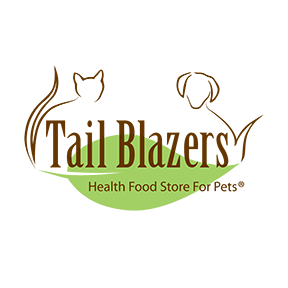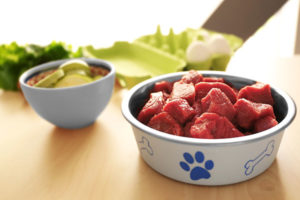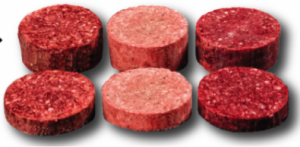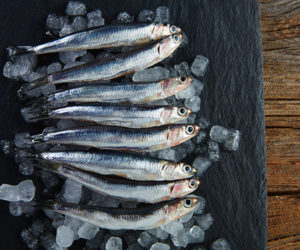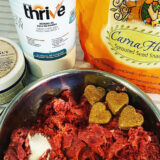Does your pet NEED a food labelled complete and balanced?

When we first opened, over twenty years ago, our primary goal was to find species appropriate foods so pet guardians would have healthy choices for their companion animals. With your support we have seen some amazing changes in our industry. There are now many choices for species appropriate food and supplements that exist today because you demanded better for your animals. Let’s face it, none of this would be happening without consumer support.
There are two other areas where I think we need another paradigm shift and it will not happen without you, so I wanted to start the conversation and see what we can do together.
One of these areas is the concept of every meal having to be “balanced and complete” and the other is “The Association of American Food Control Officials” (AAFCO). There is a connection between the two but first I want to focus on the concept of one food that is balanced and complete for every meal your animal will have, as that seems to be a big focus recently.
I understand the idea of a food being “balanced and complete” if that is the only food that person or animal is ever going to consume. But let’s discuss that concept. Human foods do not meet these standards and for good reason. We eat a variety of foods and get our balanced and complete dietary requirements over time. But do we? Let’s face it, human diets vary greatly and while some people have a good balanced diet, many do not. Yet, we do not require individual human foods to be “balanced and complete”. So, why do we require this of dog and cat food? Is it because, this is how they eat in the wild? Not a chance. In the wild they would be getting a variety of foods that would provide nutrients over time. So, why do we need their foods to be balanced and complete in our commercial dog foods? Simple answer is we don’t, but for some reason we have developed this idea that you will feed your pet one food for possibly the rest of their life, or small timeframes like when they are a puppy, adult or senior dog. Even age specific foods suggest that what they need changes over time. Additionally, each dog’s needs are different based on many factors. A few examples would be the amount of exercise they get, their stress levels, and how well their metabolism digests the food. How can one food be balanced and complete for all of these situations? The truth is, it cannot. Have you ever noticed a formula change on a food labelled “balanced and complete”? Why would you ever need to do that if it was indeed the perfect food? We should be feeding our pets a collection of many different foods like they get in the wild.
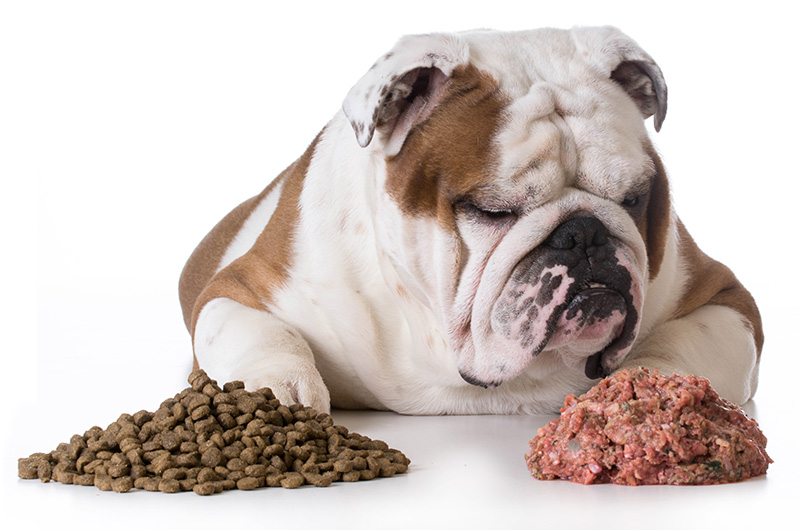
Our modern methods of feeding animals started around 100 years ago and if you look at the history, it did not start off very well. There were no standards. You could basically create a food for animals made of anything. The only requirement is you had to be a good salesperson and market it well with features people might believe. At that time most dog foods came in cans. Things changed with the Great Depression and World War II. Meat and the materials for cans were scarcer. This is when cereal companies jumped into the pet food manufacturing game and created dry foods out of grains. During this time there were many health ailments that were being caused by nutritional deficiencies and “The Association of American Food Control Officials (AAFCO)”, was starting to take notice. In 1969 AAFCO defined “complete” and “balanced”. They set some standards for what nutrients had to be in the foods to avoid certain known ailments due to nutritional deficiencies. There did not seem to be questions about the appropriateness of the foods we were feeding, just that we needed to add missing nutrients.
In humans we have the “Recommended Daily Allowance” of vitamins and minerals. What most people do not realize, about both the human and the pet standards created, is they are based on the amounts needed to not develop a disease. These are not the amount of nutrients required for optimal health. The recommended amount of nutrients has also changed over time, as we gather more information. How we get this information is another area we really struggle with. You guessed it – humans do tests on animals.
I understand that we have to learn about things from testing as we are not born with the knowledge of how everything works. However, I do have issues with the foundational ethics and the premise of these tests. Firstly, we know cats are obligate carnivores, yet we are testing them on how well they perform eating foods they would never eat in the wild, or that their bodies are not designed to eat at all. Am I the only person that finds this fundamentally wrong? We could actually test animals eating foods they would normally eat and find out what healthy readings actually are. What a concept that would be! In addition, there are many other issues like the treatment of the animals, how none of the studies are actually long-term studies (as these would take too long and be too expensive), never mind the effect on the animals, and the list goes on. Thus, the knowledge and efficacy from the studies is very limited at best.
As much as I appreciate the need for standards in our industry, we need more than what AAFCO is delivering. I have been asked, “aren’t some standards better than nothing”, and the answer is of course, yes, but let’s look at that for a bit.
“The Association of American Food Control Officials” (AAFCO), is our standard in North America and they are an association formed on a voluntary basis by members of the industry. This is like letting drug companies be in charge of approving drugs. I go back to my original and largest objection – they allow cat foods to be made of ingredients that cats would and should never eat. How can this possibly be in the best interest of cats?
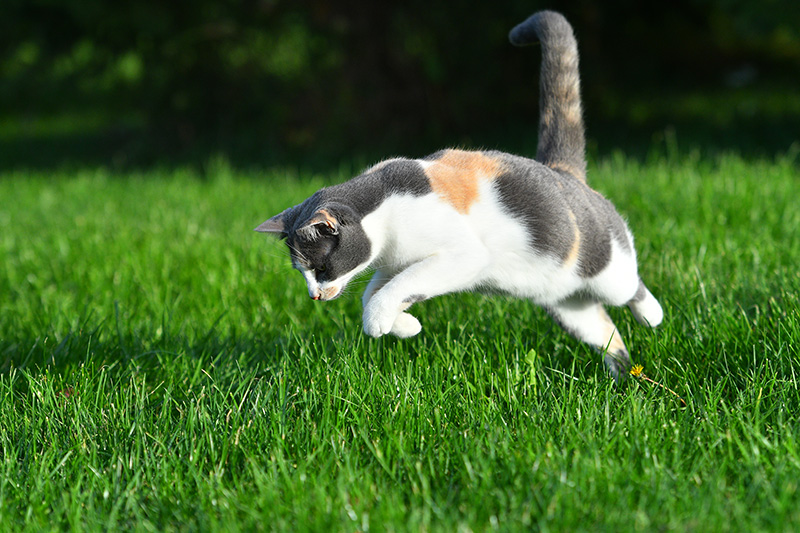
The “Pet Food Institute” is another organization formed in 1958. Both of these organizations have huge boards with industry officials claiming to do what is right for pets, but let’s face it, the pet food industry is a billion-dollar industry, and these boards are not going to change things unless you the consumer demands that change.
Remember it is your money that fuels this industry. Spend it on foods that your dogs or cats are designed to eat. Feed them good quality food that they would eat in the wild and their system is designed to digest. Feed them variety. Make sure, over a two-week period of time, they get many different things to eat. We really can build back health with the right food and supplements. These organizations care about their bottom line. The proof of that is the ingredient panel of over half the pet foods on the market.
When you are told your pets’ food must be complete and balanced – ask why? Ask for an example in nature that every meal is complete and balanced, whatever that truly means, and state your animal gets a variety of foods.
If you are told, it must meet AAFCO standards – ask why AAFCO promotes feeding cats a diet they are not designed to eat? You have a right to question the process, and any veterinarian, breeder, or person such as myself that presents information. Questioning the logic of something is often how we improve things.
Together we can make some big changes to this industry over the next 20 years.
Brent Hauberg
Co-founder & President Tail Blazers Pets
